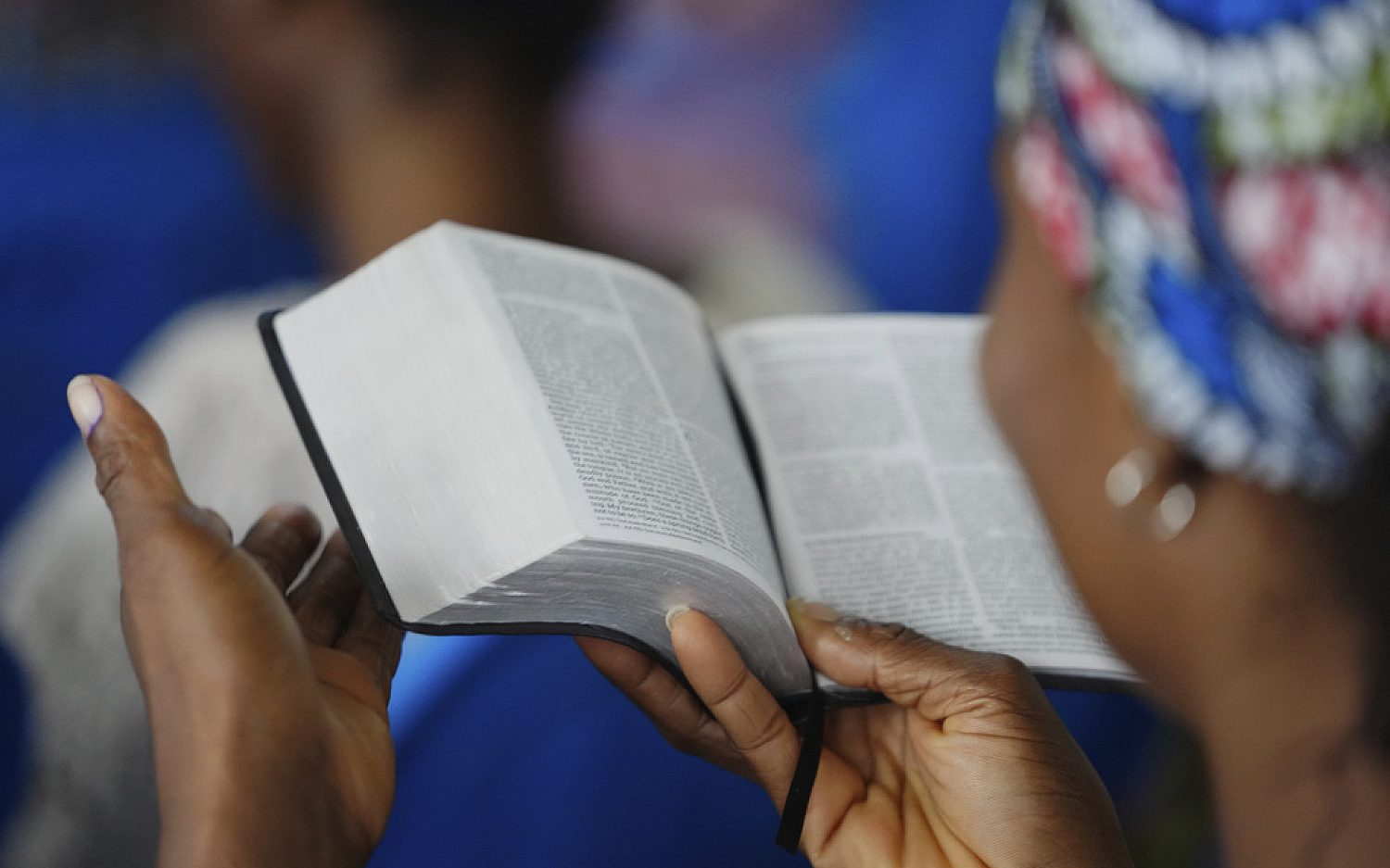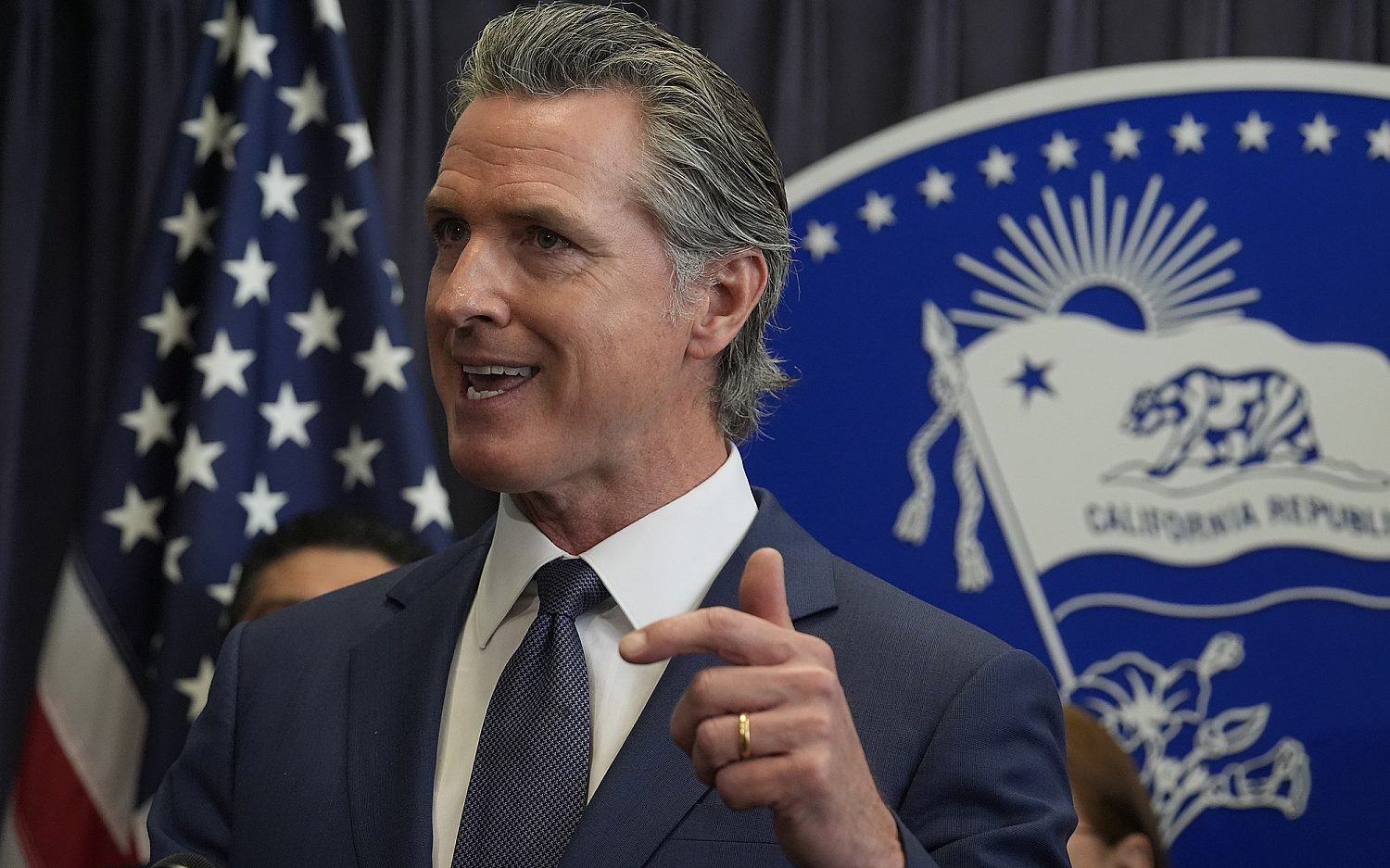Rudolph the mosquito-bitten reindeer and climate change
Santa’s reindeer may be in big global warming trouble if the predictions of researchers at Dartmouth’s Institute of Arctic Studies prove true. According to the study, warming arctic temperatures will produce increasing swarms of blood-thirsty mosquitoes earlier in the season, allowing them more time to feast and flourish, especially on vulnerable caribou calves.
In the arctic, mosquitoes typically hatch in May, become adults in mid June and die by late July. But, according to computer models, the researchers predict global warming will cause the cycle to begin earlier, creating a longer overlap between mosquito biting season and reindeer calving, which usually takes place around June 3. The immobility of the herd during calving time, coupled with more days to feast on baby reindeer will result in mosquito proliferation, they warn.
And, mosquito-harassed reindeer likely would seek insect-free places, such as snow patches at higher elevations. But such areas offer a more limited food supply, which may result in decreased calf production and increased reindeer mortality, the researchers said.
This bad news would affect far more Arctic residents than just the “jolly old elf.” According to a 2013 British parliamentary report, indigenous Arctic people often rely on reindeer for food, clothing, and income. Declining herds would present “serious challenges to human health and food security and possibly the survival of some cultures.”
But there is no need for Rudolph to panic, according to experts who doubt manmade, catastrophic global warming. The dire warnings of environmentalists are based on computer model predictions which are often wrong, they say. And expert opinions about what is happening in the arctic differ widely. Scientists use the sea ice extent, the surface area covered by ice, as one barometer to measure global warming. But while some experts claim the arctic sea ice extent is the fourth lowest in the past 36 years, others say it is expanding.
“Everybody thinks [measuring ice] is very simple: ‘Oh, you take a satellite image and measure the area.’ It doesn’t work that way. You can have water on top of the ice, and the satellite doesn’t see that as ice, it sees it as water,” Tim Ball, former climatology professor at the University of Winnepeg, told Dateline.
Satellite systems also can’t distinguish what percent of measurements are water and what percent are ice if the ice is broken up, Ball explained.
NASA satellite instruments reveal polar ice caps have not receded at all since scientists began measuring them in 1979, James Taylor, senior fellow for environment and energy policy at the Heartland Institute, wrote in a Forbes op-ed.
Some modest global warming and receding polar ice caps may happen in the years ahead, Taylor wrote, but it is unlikely to have negative consequences for humans.
And a little global warming might actually be good for Santa’s team. Researchers at the Norwegian Arctic University discovered reindeer numbers in the arctic regions of Norway increased 67 percent in the past three decades, an observation the researchers link to warmer winter temperatures.
An actual newsletter worth subscribing to instead of just a collection of links. —Adam
Sign up to receive The Sift email newsletter each weekday morning for the latest headlines from WORLD’s breaking news team.





Please wait while we load the latest comments...
Comments
Please register, subscribe, or log in to comment on this article.